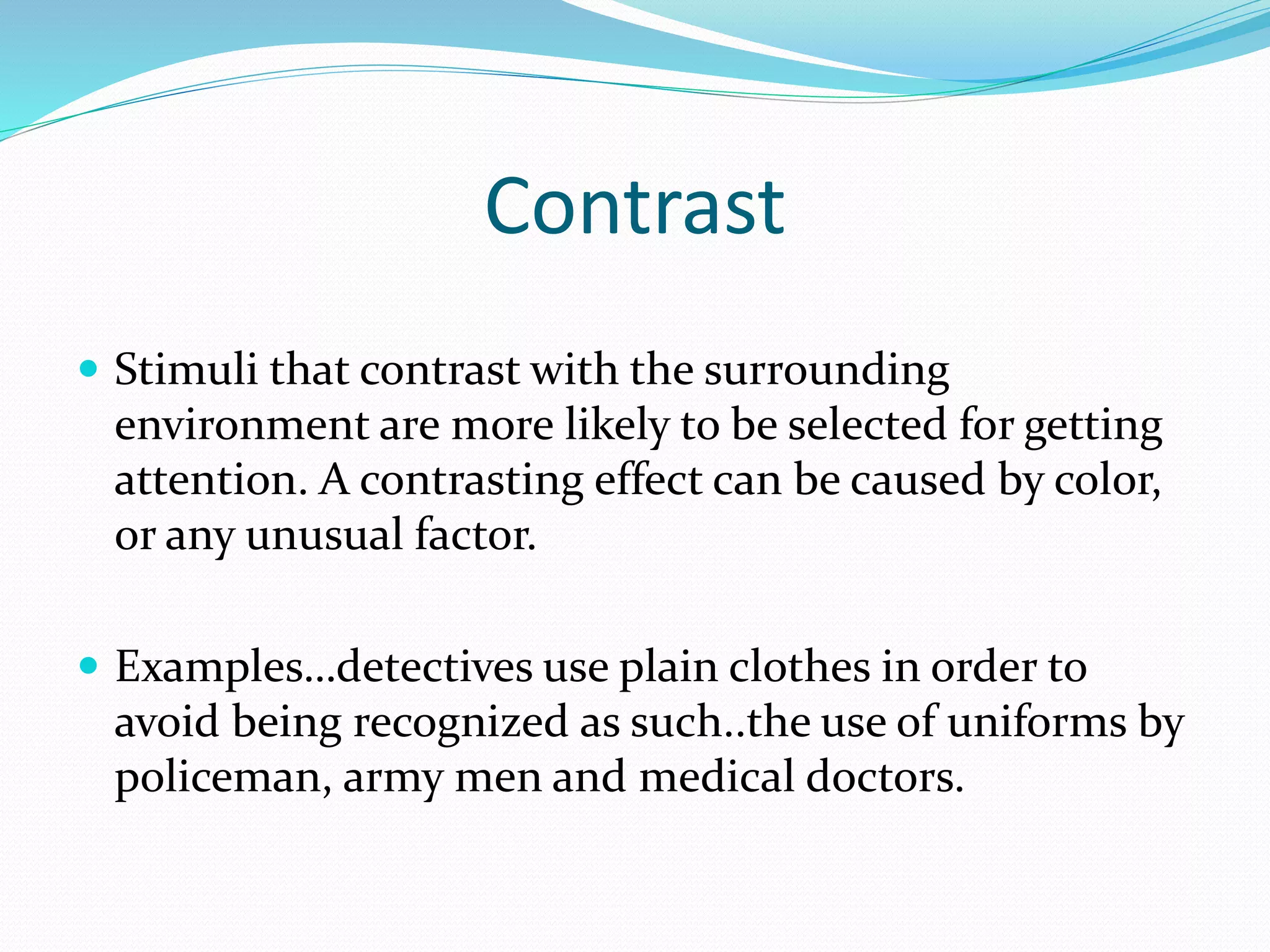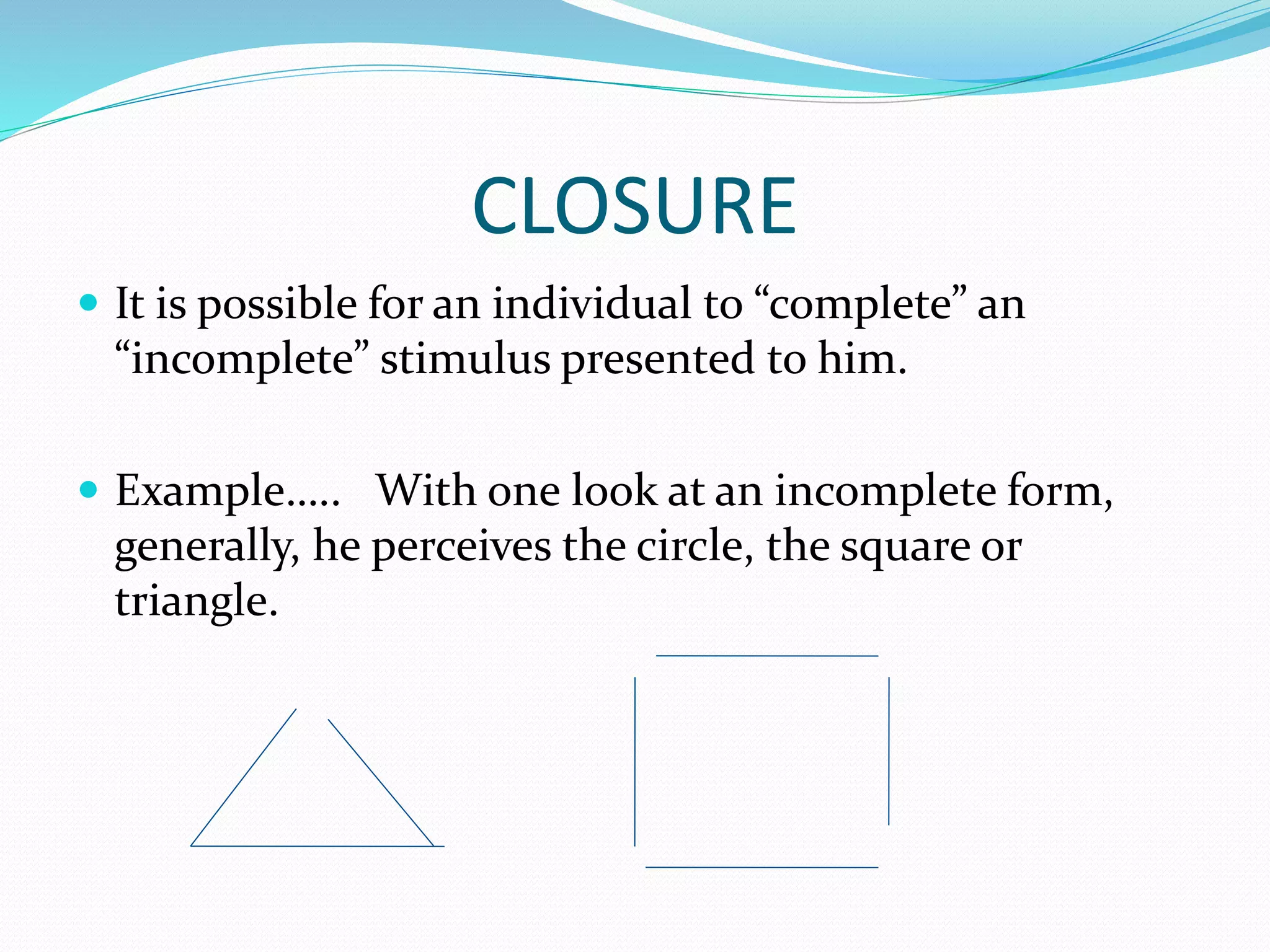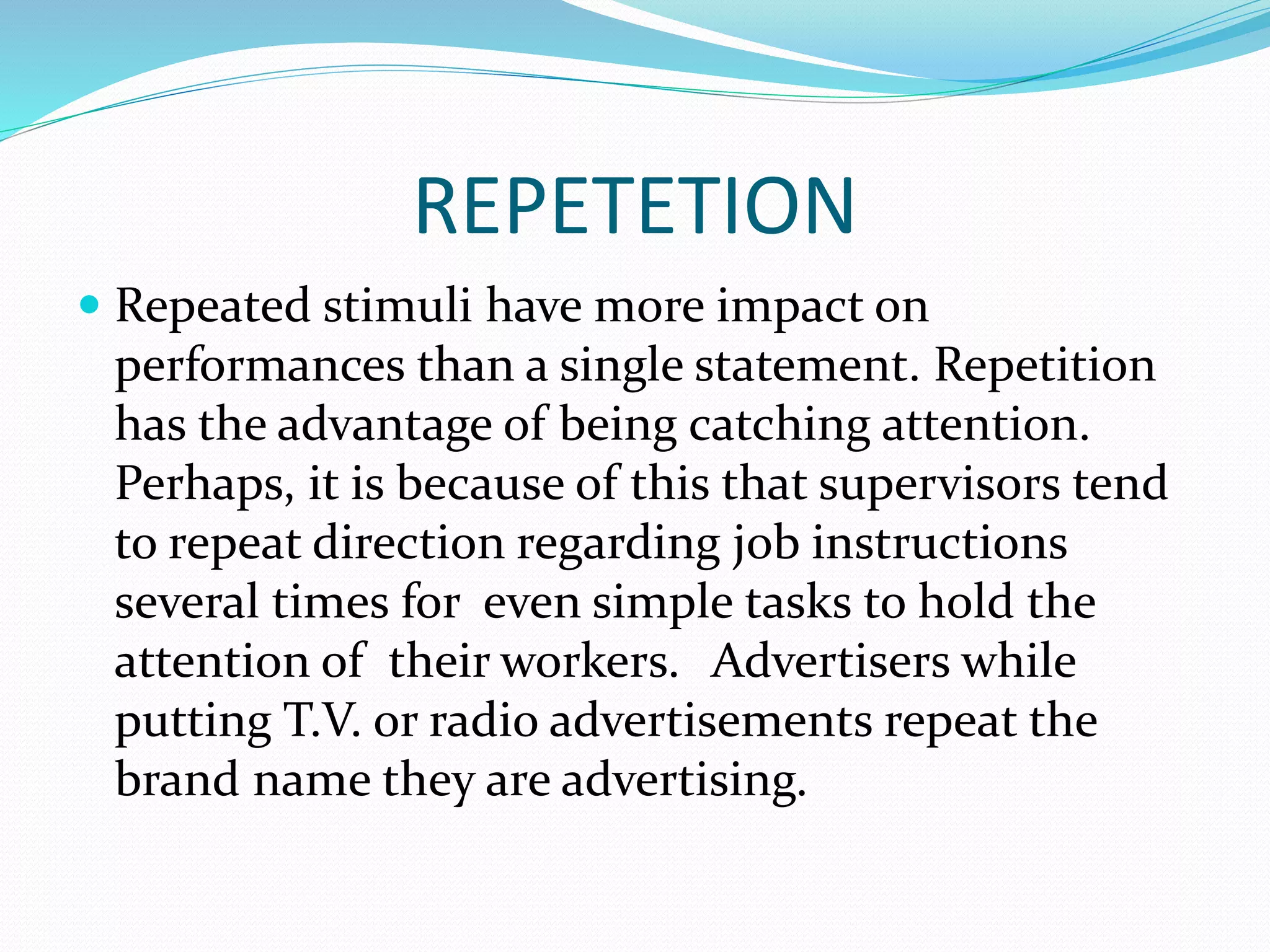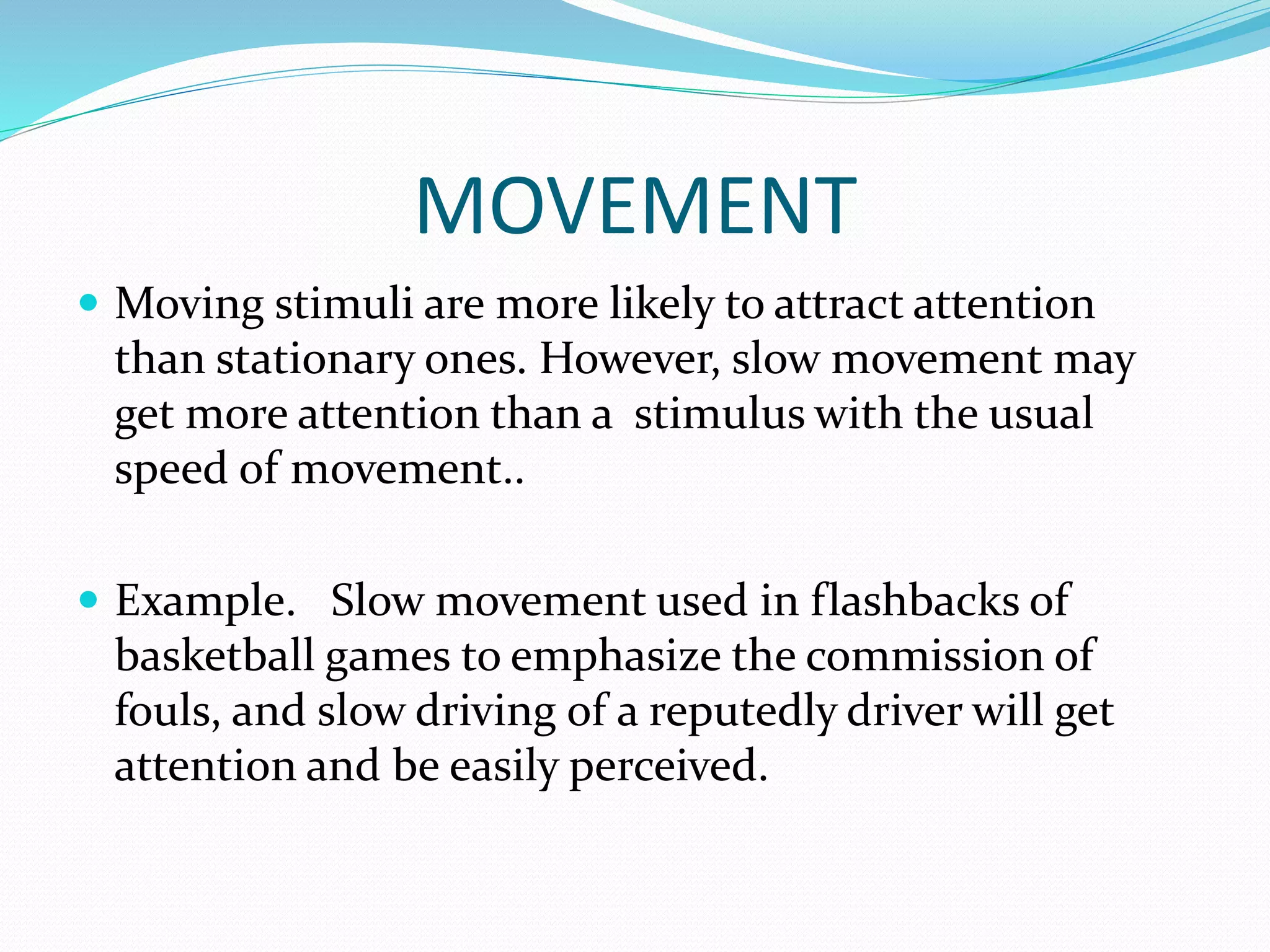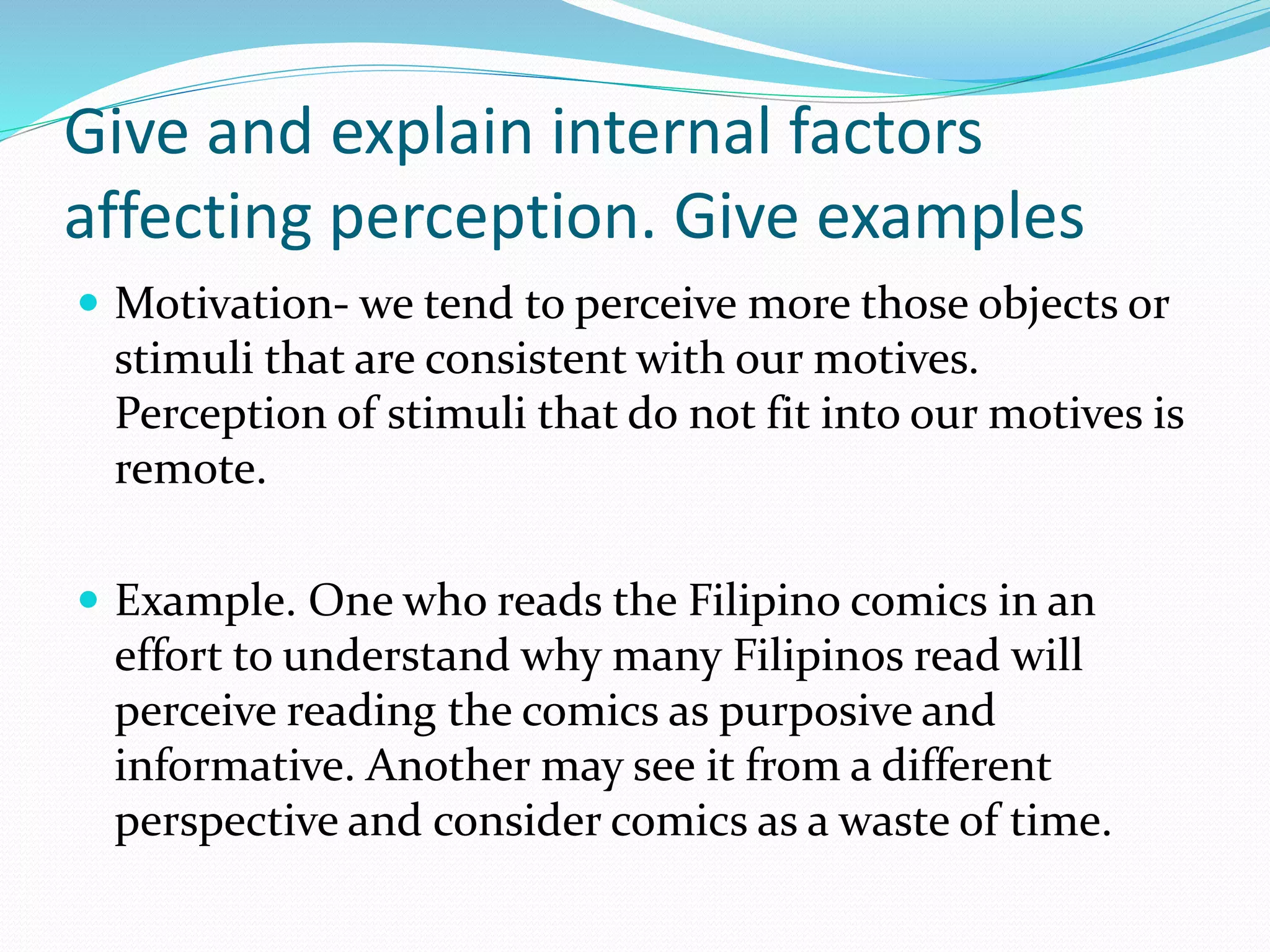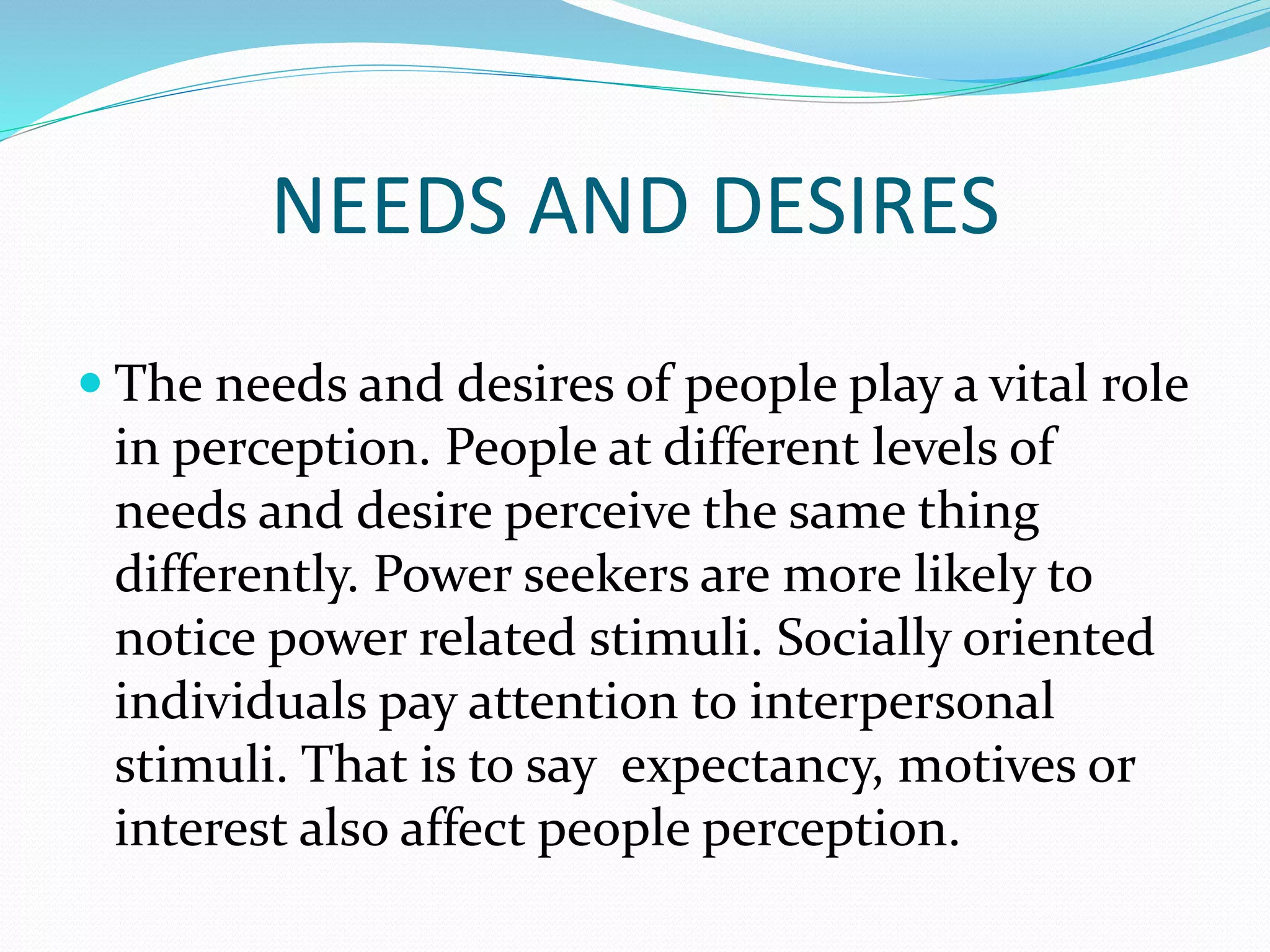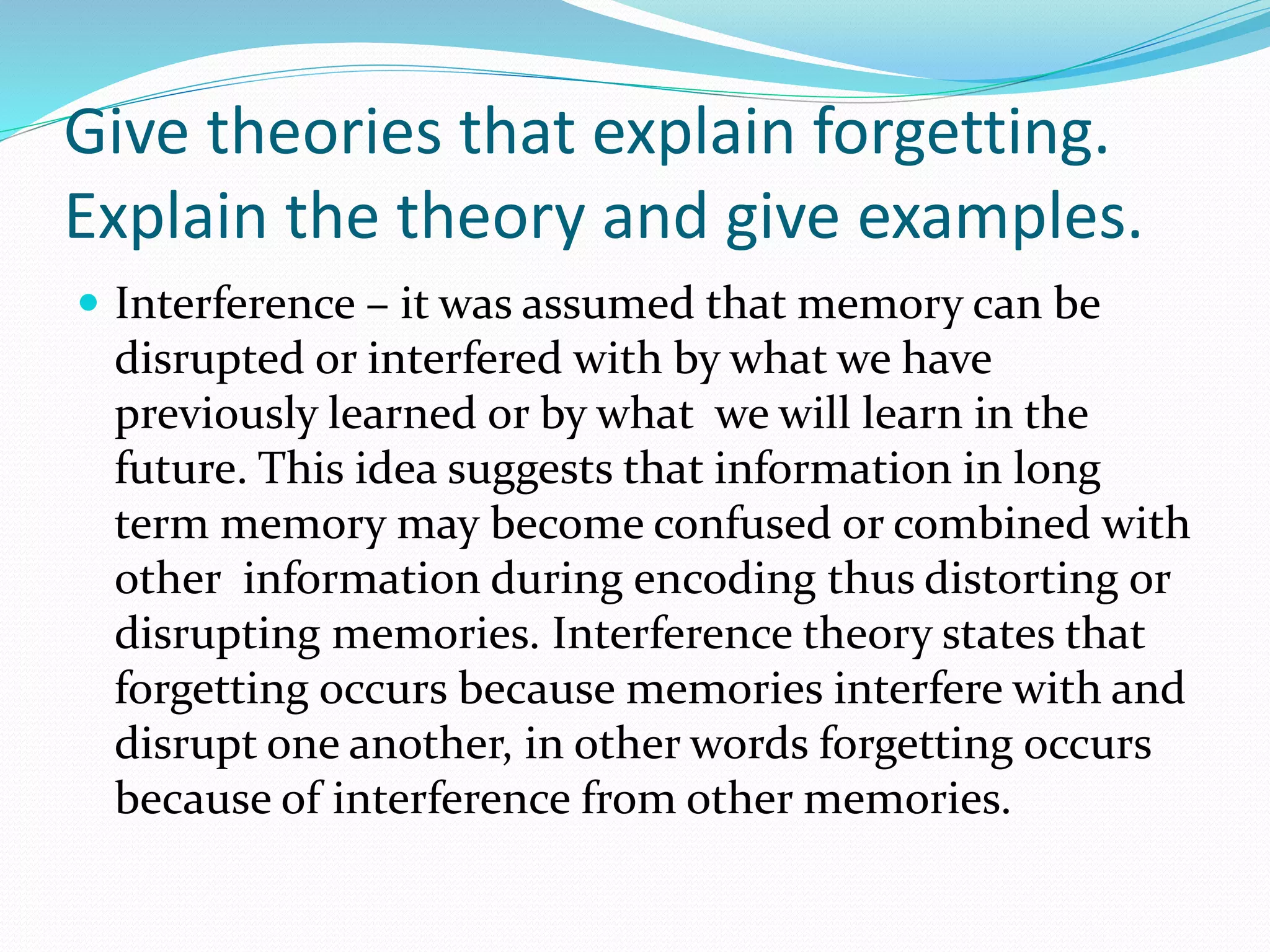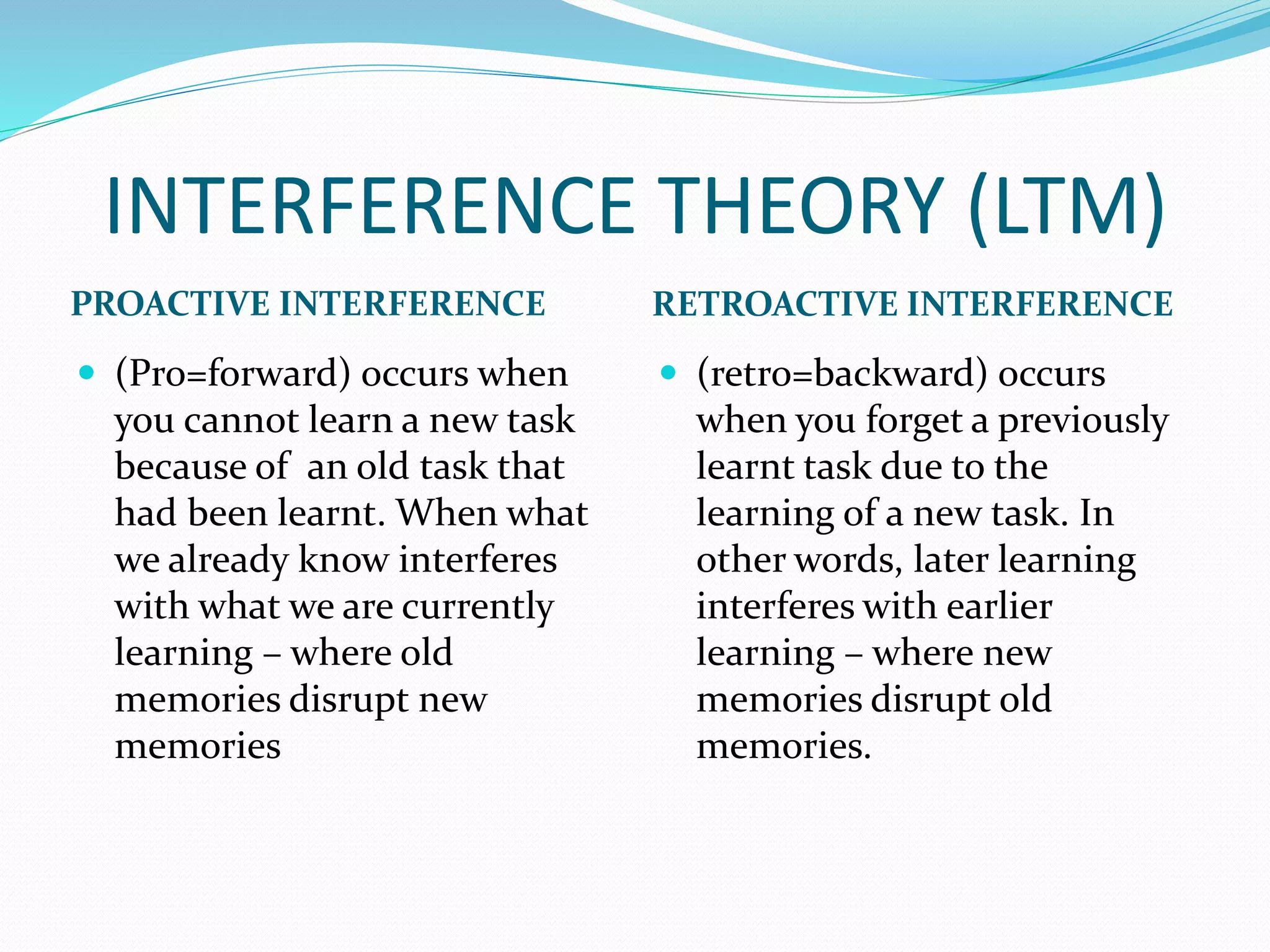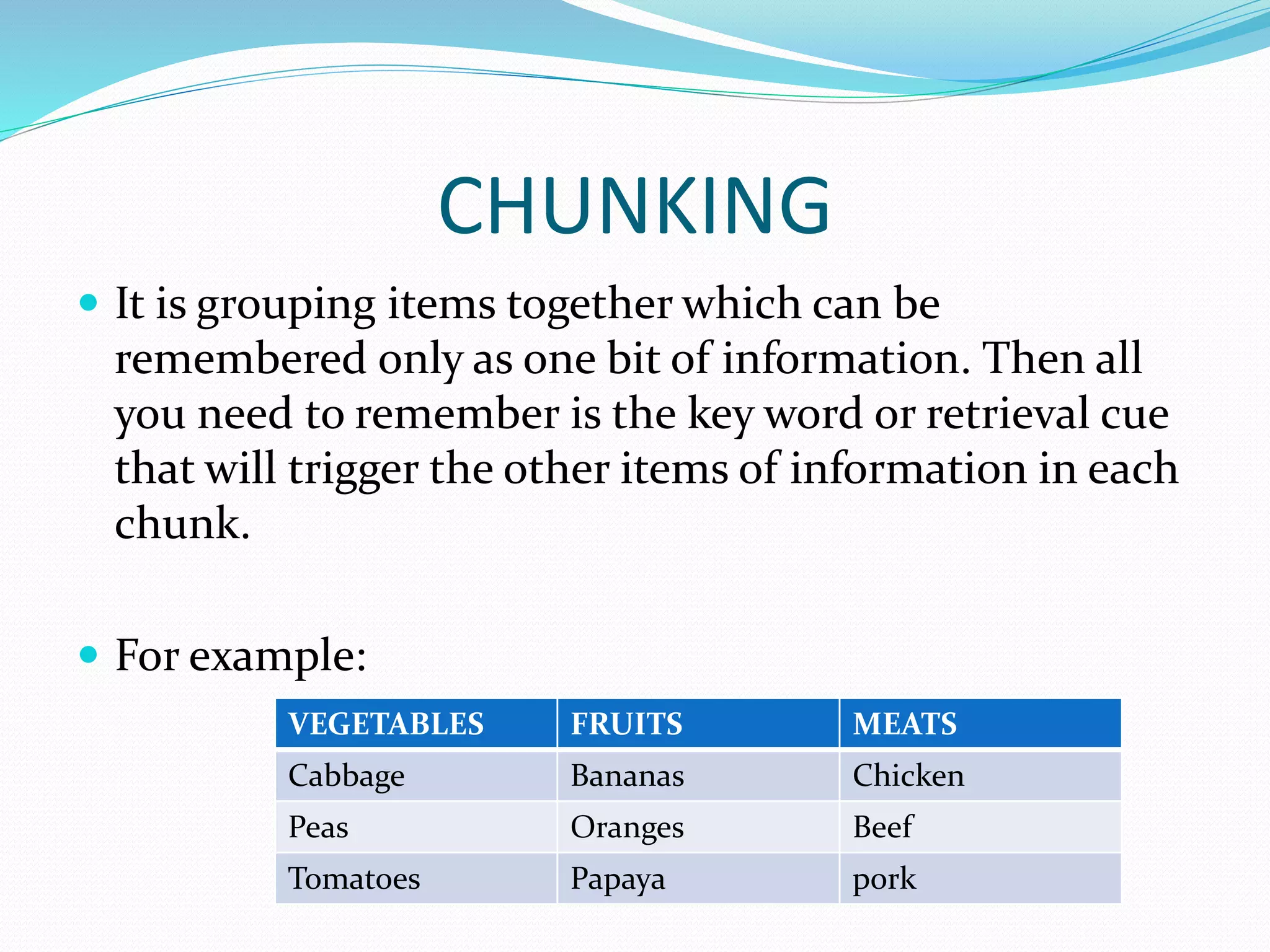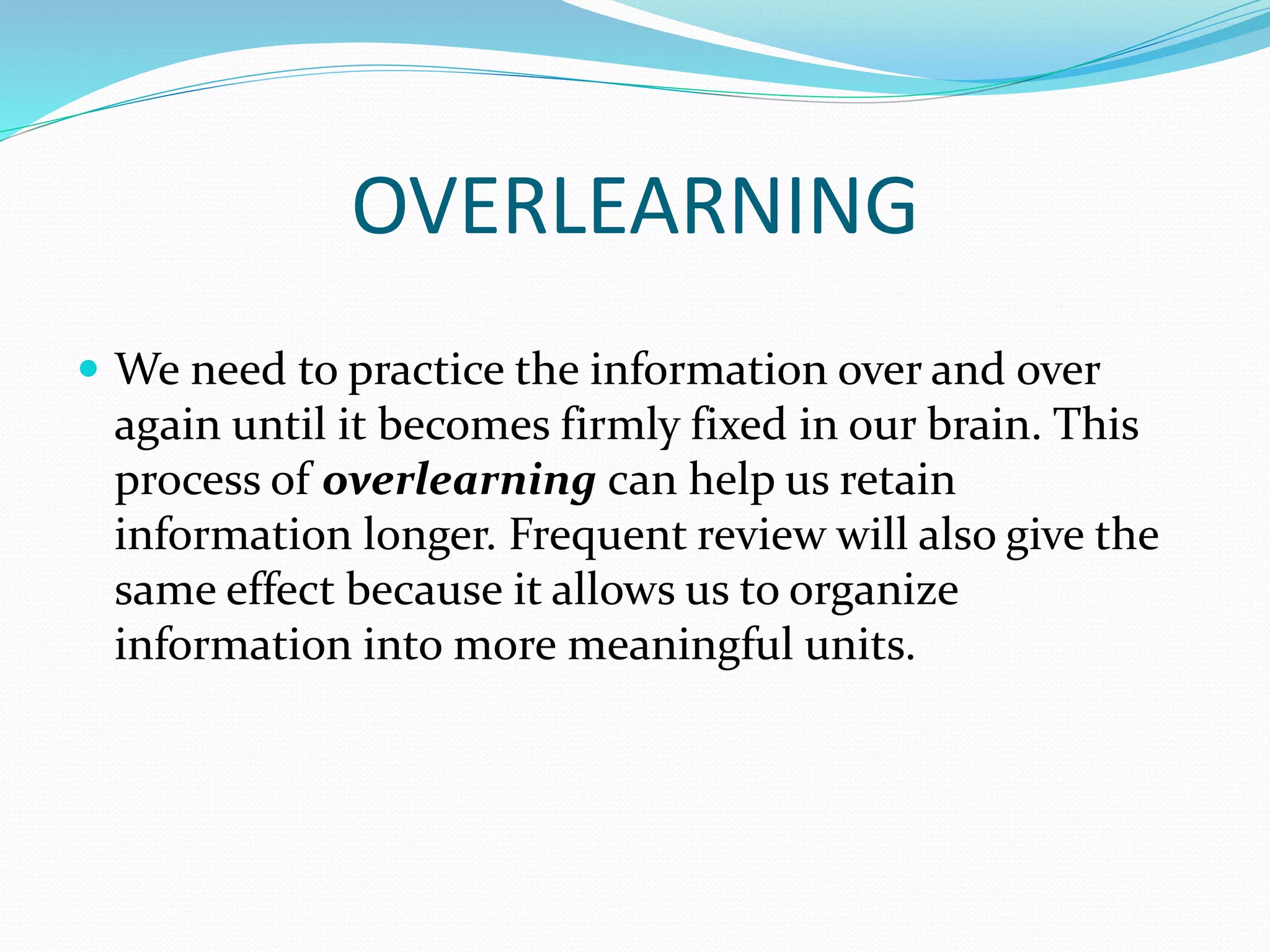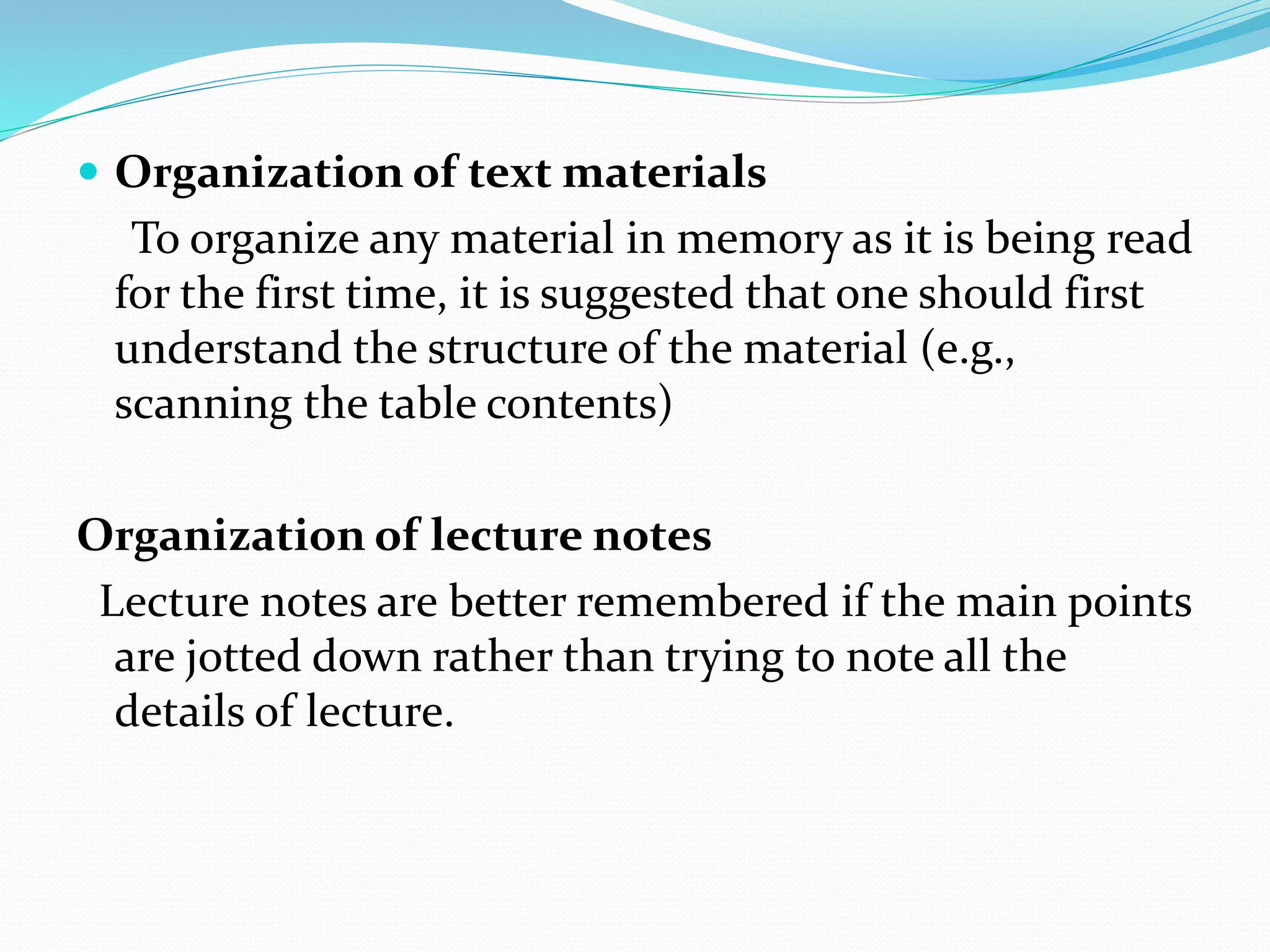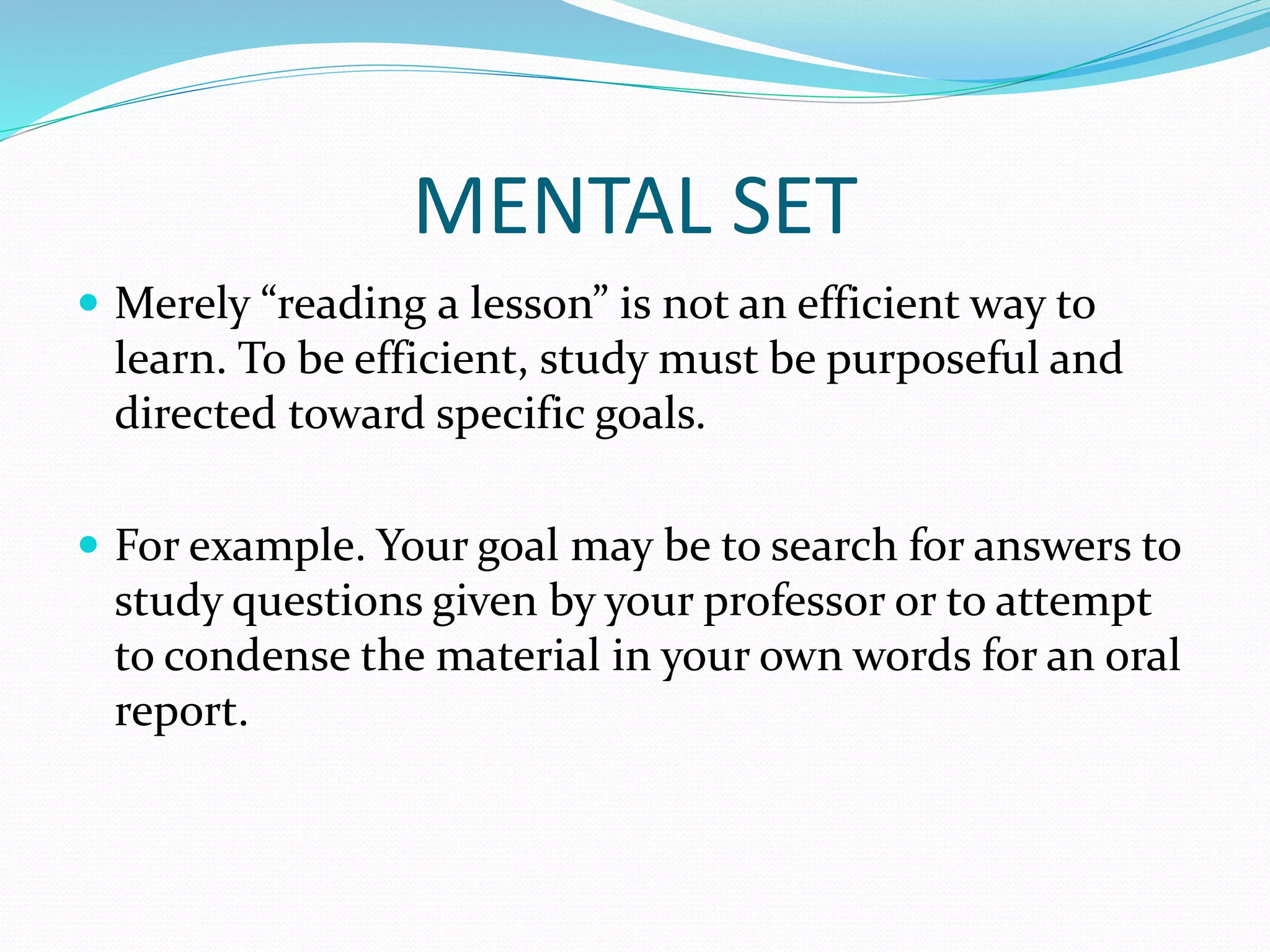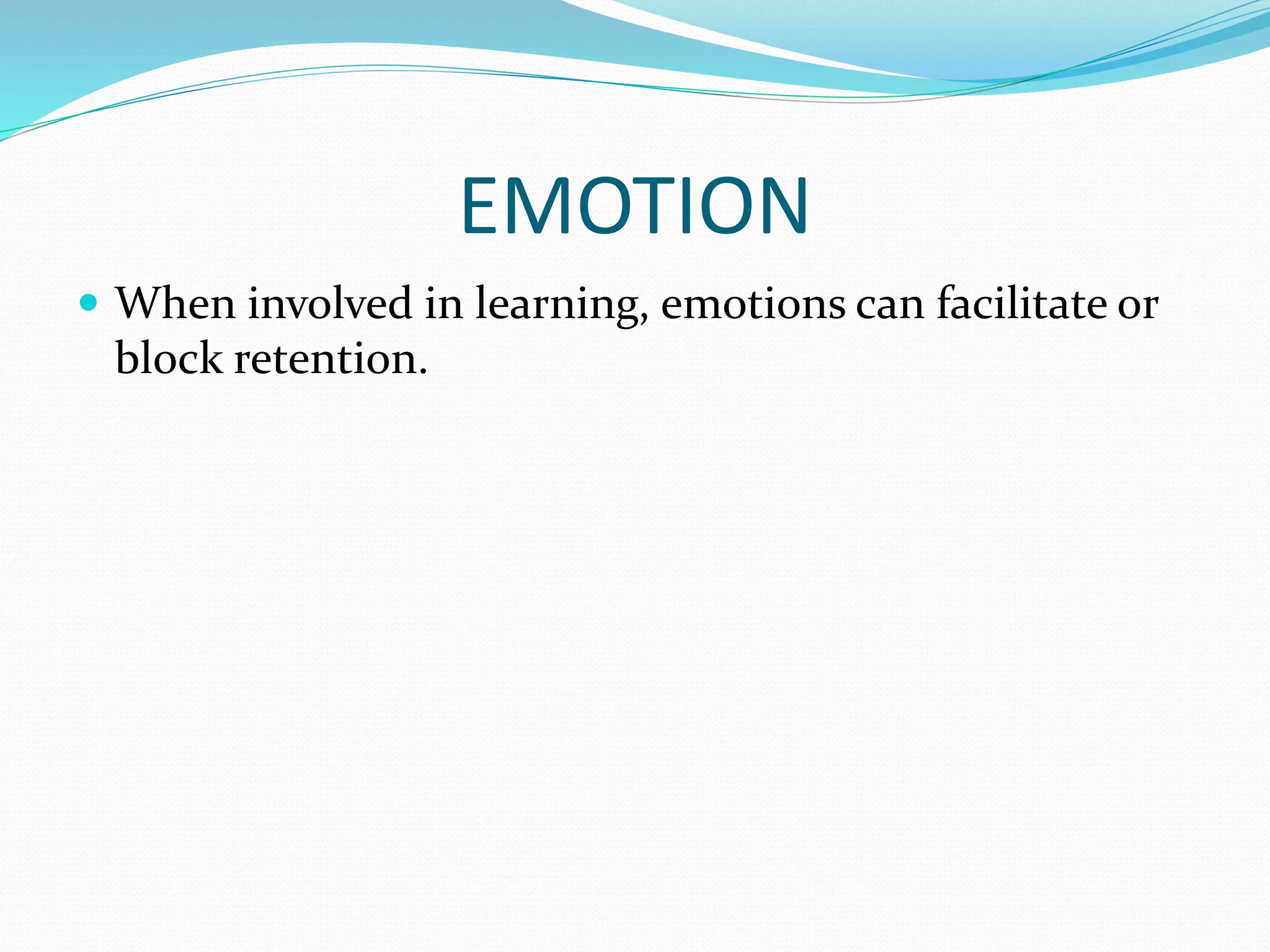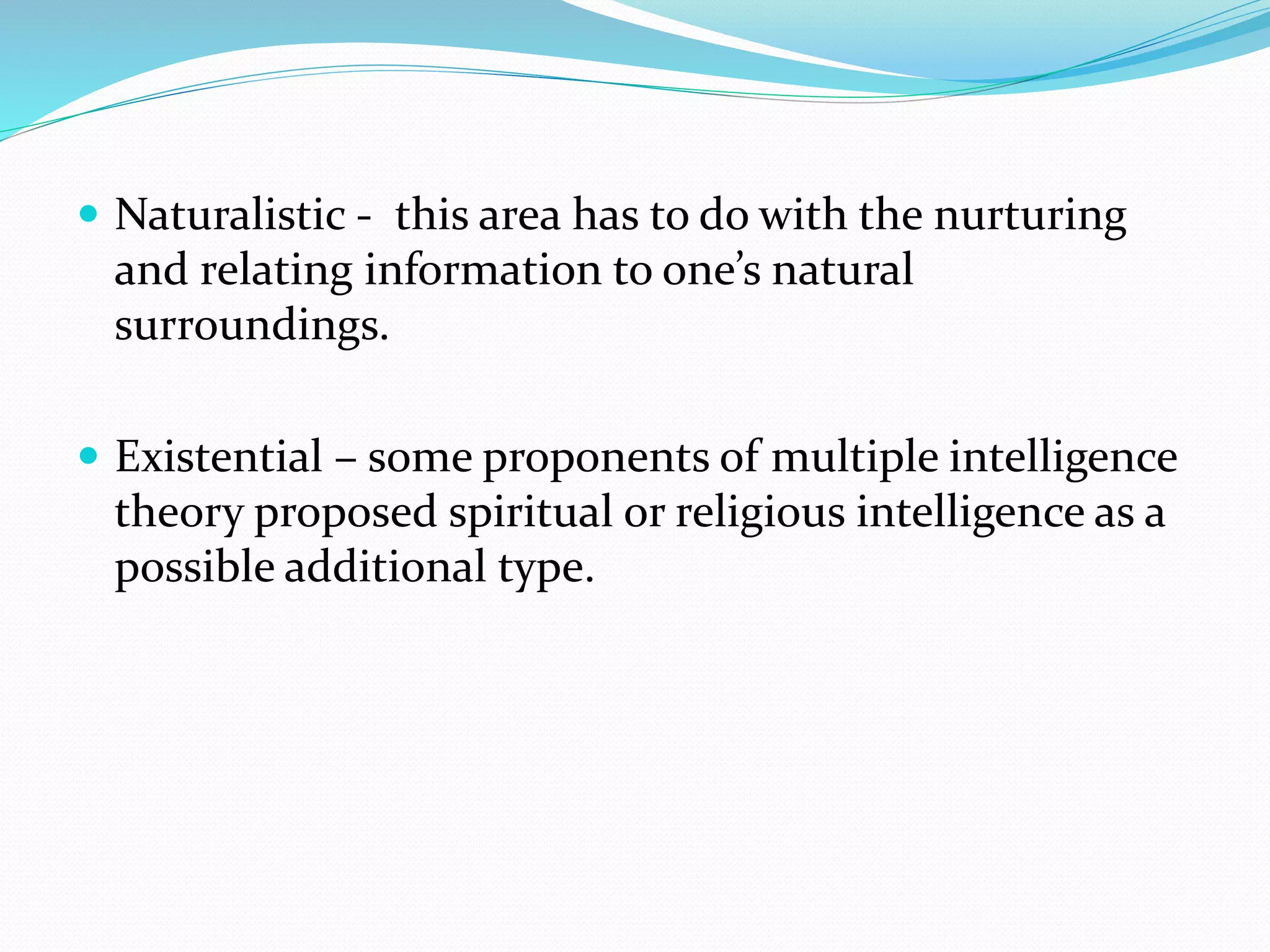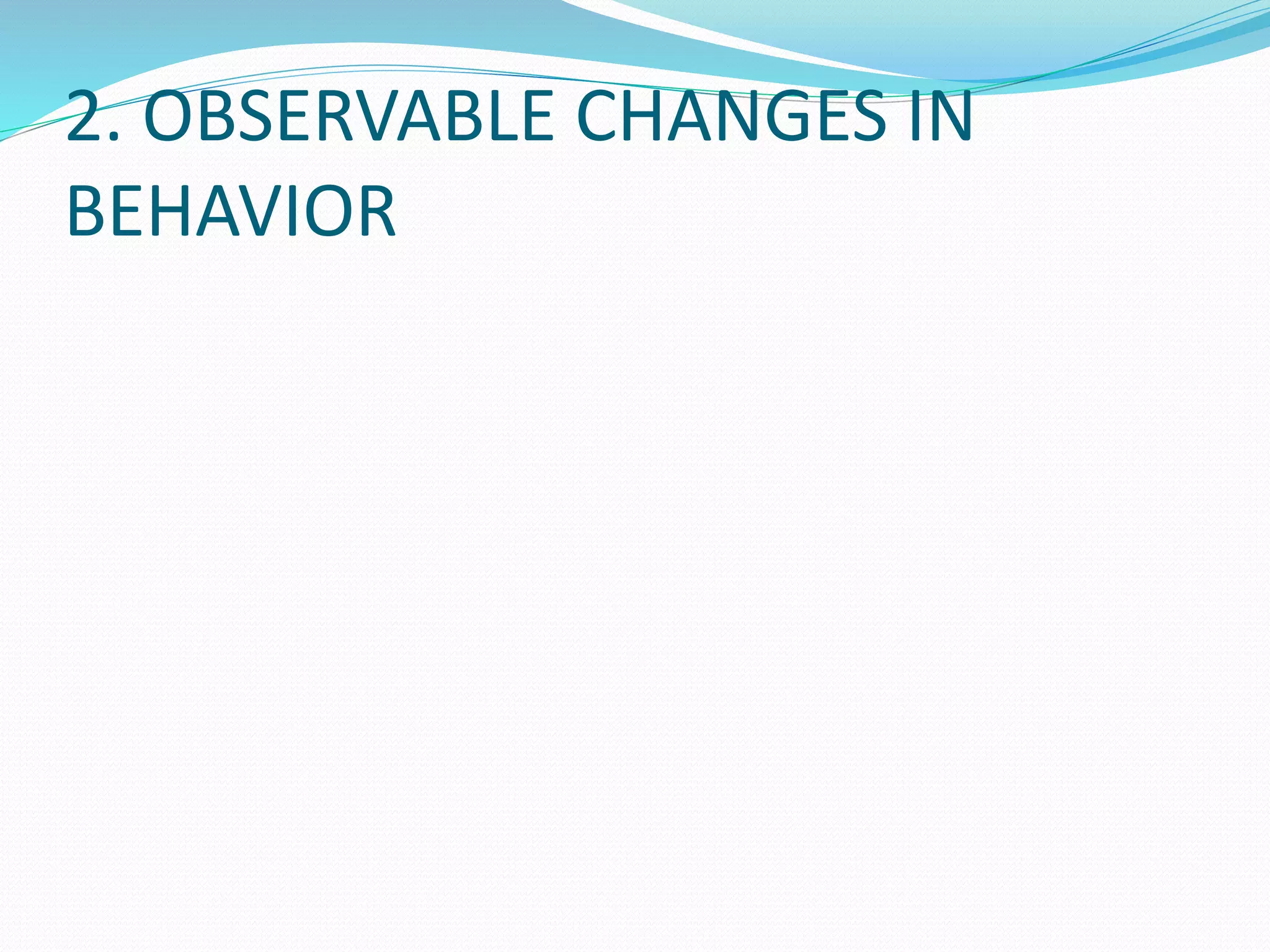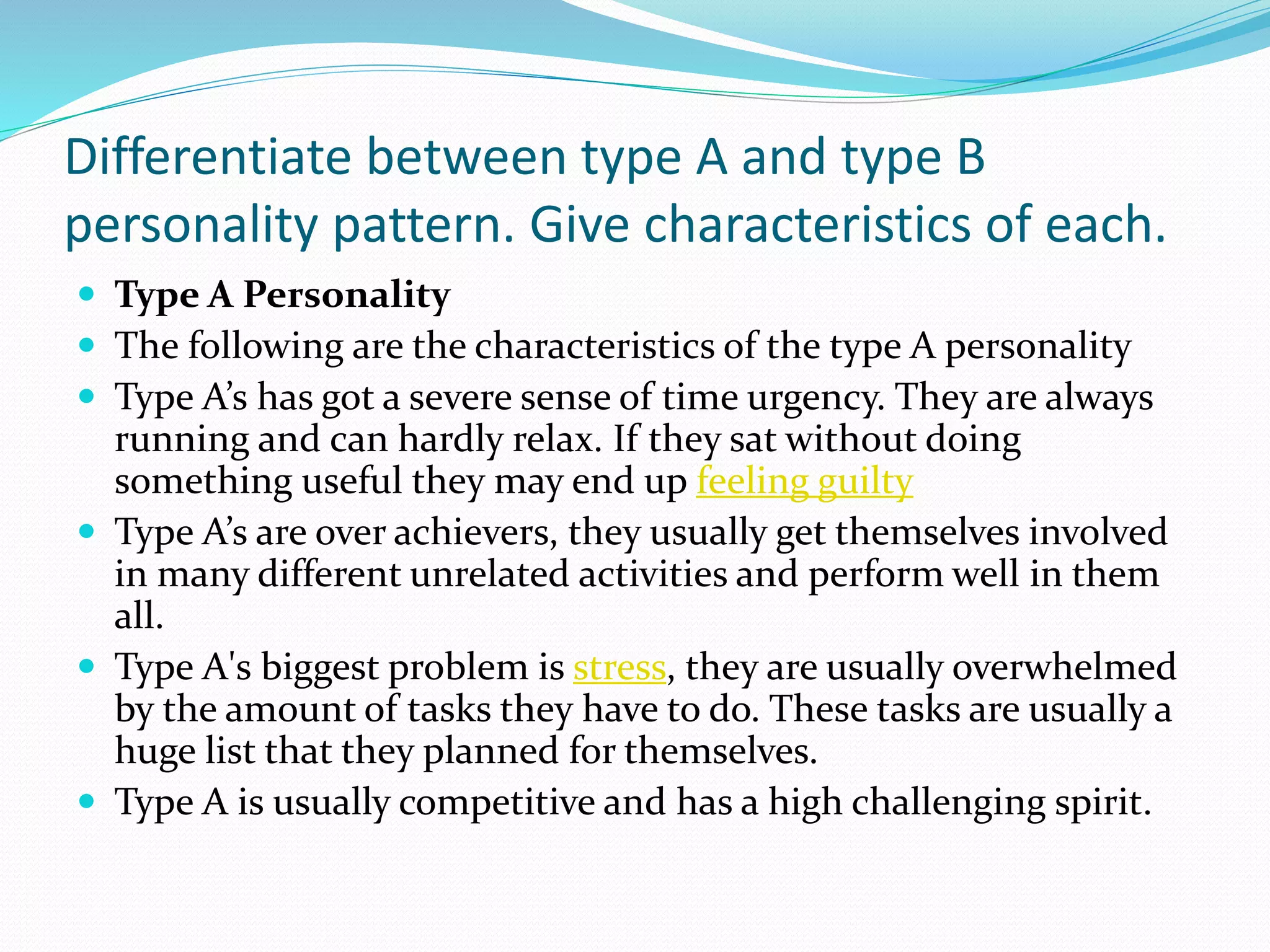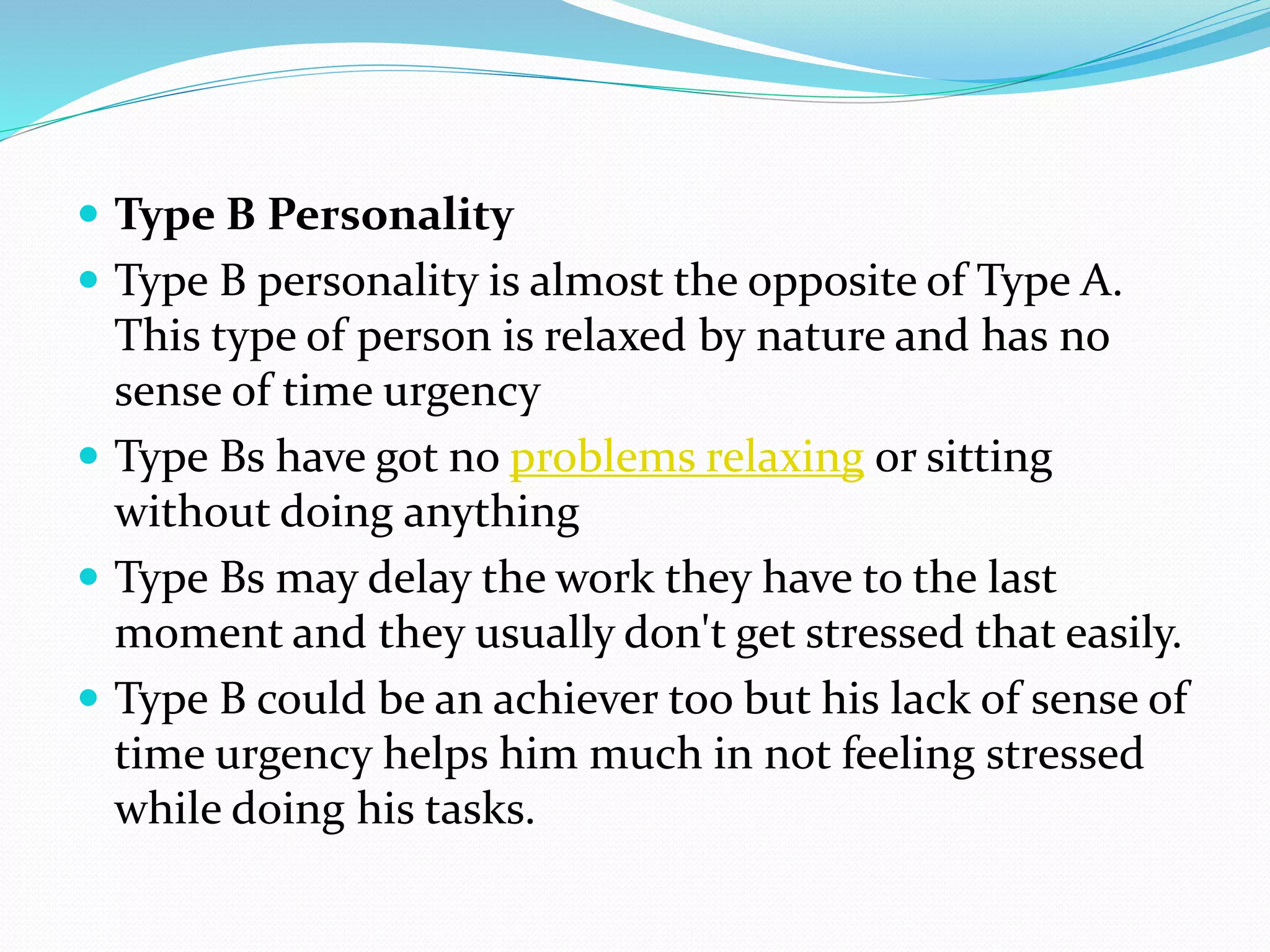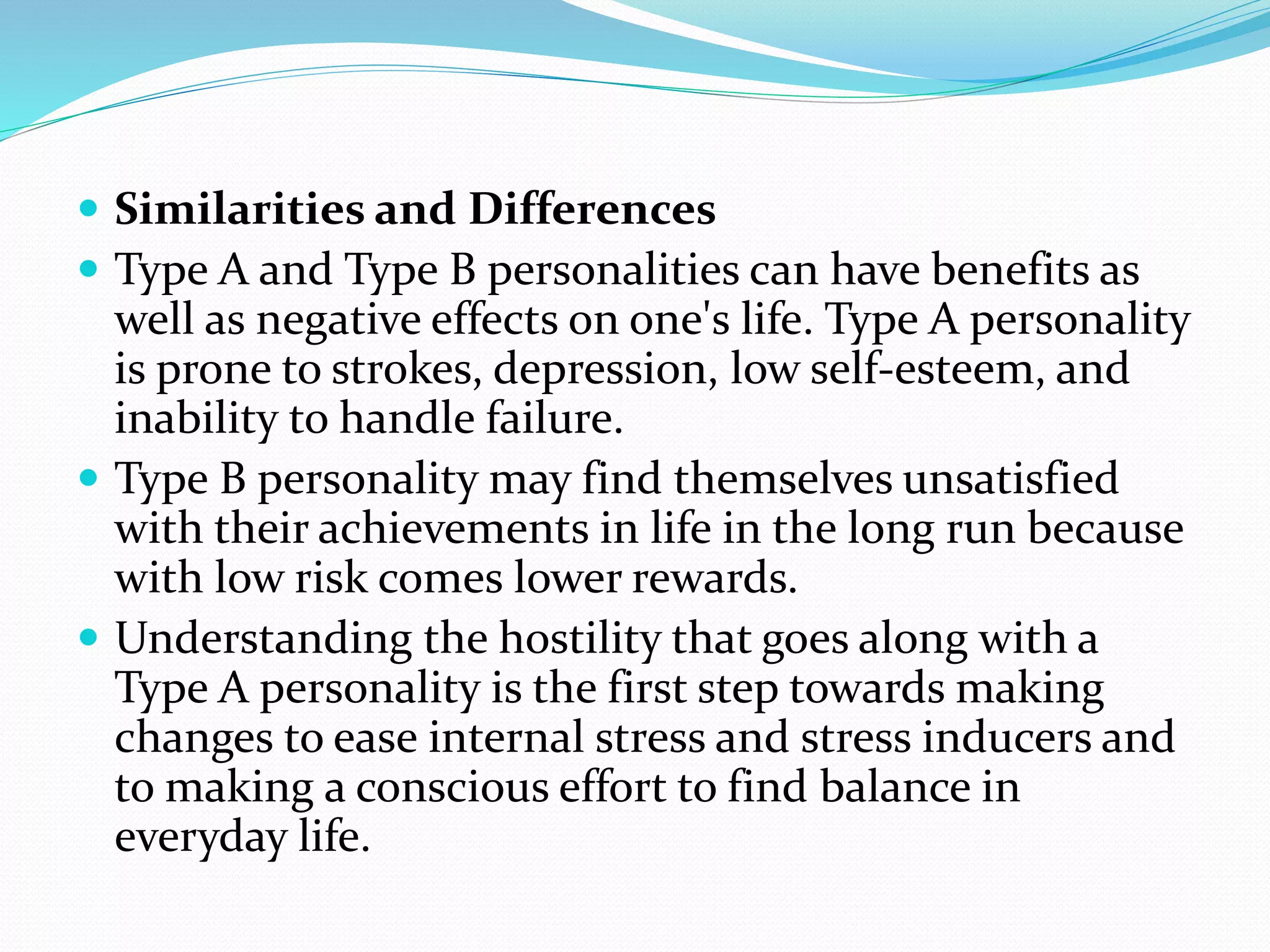Here are the key points about stress:
Definition of stress: Stress is the body's response to any demand placed on it. It is the body's reaction to a stressor or perceived threat, which can be either physical or psychological.
Sources of stress:
- Work/job demands - long hours, heavy workload, lack of control over work
- Financial problems - debt, low income, job insecurity
- Relationships - conflicts, lack of support, divorce, death of a loved one
- Health problems - chronic illness, disability, pain
- Life events - marriage, having children, moving house
- Daily hassles - traffic jams, long commutes, chores, errands
Effects




